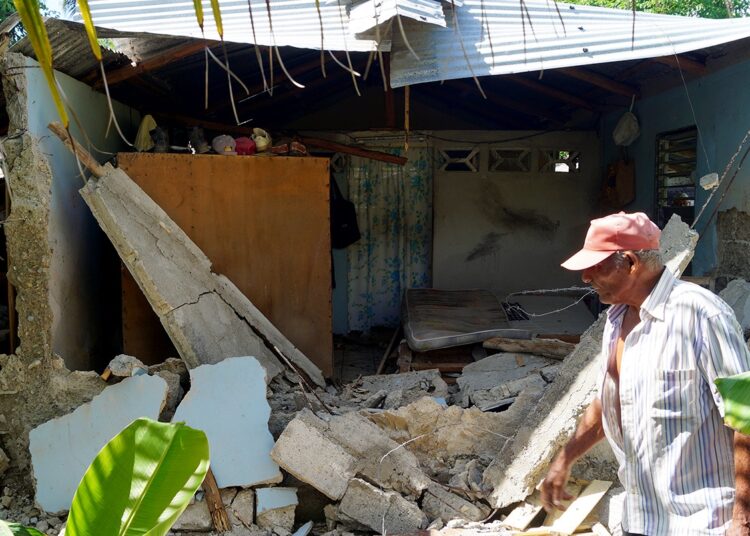Since the 6.7 magnitude earthquake on November 10 in eastern Cuba, experts have recorded a total of 6,123 aftershocks.
According to information provided by Dr. Enrique Arango Arias, head of the National Seismological Service, some 127 of them have been “probably perceptible,” a category that applies when they have magnitudes greater than 2.5 degrees on the Richter scale.
Early this Monday morning, a new earthquake shook the municipality of Pilón, in Granma, and other areas in the east of the island. The earthquake was recorded at 1:52 a.m. and its epicenter was located 34 kilometers southeast of Pilón, said Arango Arias.
According to the specialist, the earthquake had a magnitude of 4.3 on the Richter scale and originated at a depth of 10 kilometers, while the radio station Radio Bayamo gave reports of perceptibility in several localities of Granma and in neighboring Santiago de Cuba.
That morning’s earthquake occurred two weeks after the earthquakes experienced in this same area on November 10. These earthquakes, of a magnitude of 6.0 and 6.7 degrees, also had their epicenter near Pilón and caused significant damage, mainly in homes and state centers.
As of last week, authorities had reported more than 8,000 buildings affected; of these, some 130 total collapses, more than 700 partial collapses and thousands of damages to roofs, walls and floors, mainly in Granma province.
According to Dr. Bladimir Moreno Toirán, president of the National Center for Seismological Research (CENAIS) Scientific Council, these earthquakes could have aftershocks “during the next few months,” which, he explained, “should diminish as time goes by.”
In previous reports, the head of CENAIS clarified that “the southeastern coast is not in danger of a tsunami” based on earthquakes that occurred on the Oriente fault,” an explanation given on different occasions, despite which rumors have been spread again in this regard after the recent earthquakes.










